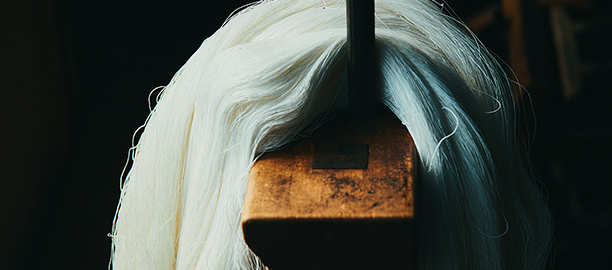
RESEARCH

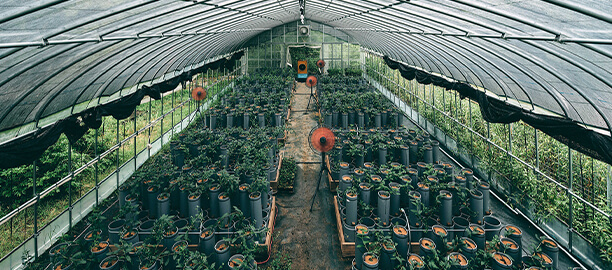
Research on ancient dyeing
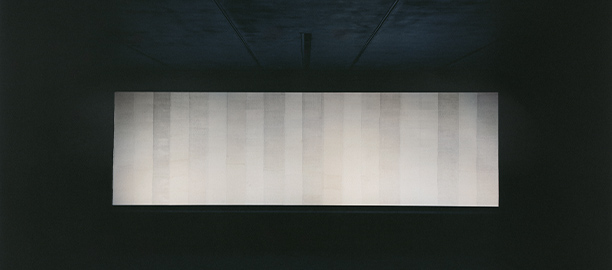
Study on Early Modern Cloth
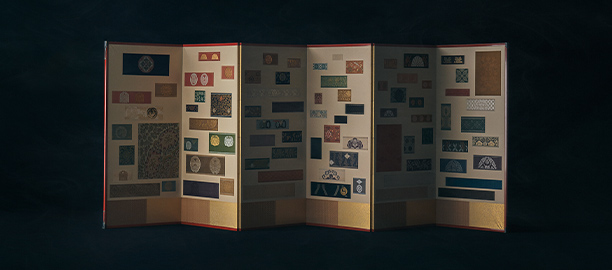
Study on Yūsoku Orimono
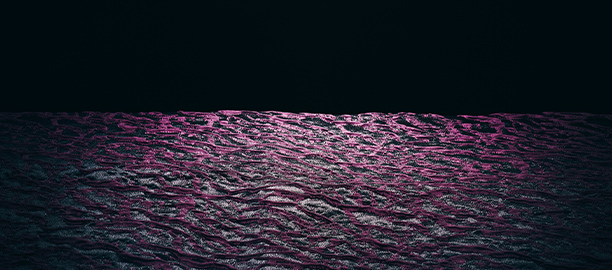
Ambient Weaving

Quasicrystal
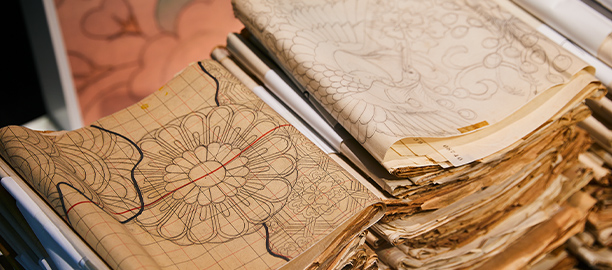
MILESTONES
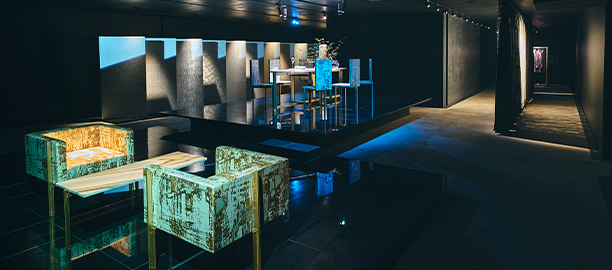
Texture from Textile
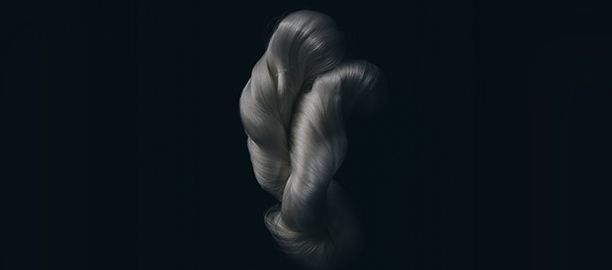
Cévennes
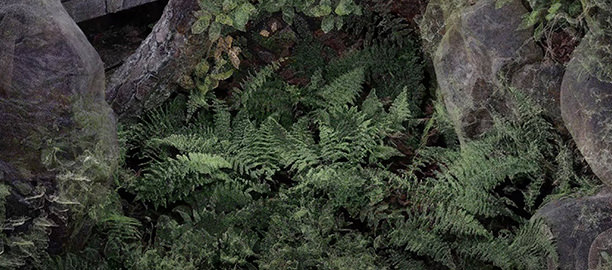
Garden and Textile
HOSOO STUDIES STATEMENT
Textile weaving has been evolving in Kyoto for about 1200 years since antiquity of the Heiankyo era. As the finest woven fabrics of the world made their way into Kyoto throughout history, craftsmen have researched them to in turn develop Japan’s own textiles.
Nishijin textiles overflow with the finest techniques extracted from those fabrics of the world and have achieved various developments with the times. As typified by the introduction of Jacquard looms in the Meiji era, textiles evolved alongside technology.
The history of humans and cloth is vast, and cloth has long served the human body.
In this sense, cloth is the most familiar and fundamental companion for humans.
The history of textiles is also the history of humans and of techne (technology and art).
Considering the advancement of technologies of today we re-examine the question, “What does it mean to be human?”— with textile as the cornerstone.
What is the origin of cloth? What are the theories behind the techne that support the creation of fabrics? What functions have humans entrusted to cloth?
The pursuit in understanding textiles can take us in many directions.
In order to address these questions, not only in Japan, but also in the survey of cloths and materials around the world, we must investigate the experiences passed through the oral history and physical knowledge of craftsmen in many varying climates. After collecting and collaborating with researchers in various fields, we can explore the question “What is cloth for humans?” from a modern perspective.
Core Member
- Masataka Hosoo - Direction
- Rurihiko Hara - Research/Curation
- Kumiko Idaka - Curation
